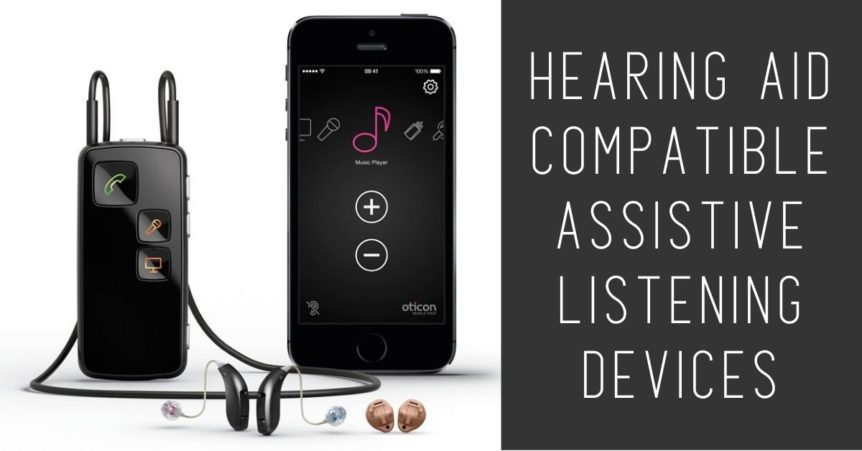Understanding Hearing Loss
There are 3 different types of hearing loss, which include conductive hearing loss, sensorineural hearing loss, and mixed hearing loss. Conductive hearing loss occurs when sounds can’t travel through the outer and middle ear, which can usually be treated with medicine or surgery. Sensorineural hearing loss involves the inner ear or hearing nerves, and mixed includes both conductive and sensorineural hearing loss. There is also auditory neuropathy spectrum disorder, which occurs when sounds enter the ear and become unorganized, therefore making it hard for the brain to understand. There are also different degrees in hearing loss, which include mild hearing loss, moderate hearing loss, and severe hearing loss, along with profound hearing loss. Mild hearing loss is when a person is able to hear some speech, but soft sounds become harder to hear. Moderate hearing loss is when you have trouble hearing normal volume levels, and severe hearing is when a person is unable to hear speech and is only capable of hearing loud sounds. Profound hearing loss occurs when a person is unable to hear any speech, as well as loud sounds.
Hearing Loss Can Also Be Described As:
- Unilateral or Bilateral: Hearing loss either in one ear or both.
- Pre-lingual or Post-lingual: Hearing loss that occurs before or after a person learns to talk.
- Symmetrical or Asymmetrical: Hearing loss is the same or different in each ear.
- Progressive or Sudden: Hearing loss that either progressed over time or happens quickly.
- Fluctuating or Stable: Hearing loss that has either become better or worse over time or stays the same.
- Congenital or Acquired: Hearing loss that is either present at birth or appears later in life.
Symptoms of Hearing Loss
Muffed Sounds
If you happen to notice voices and sounds becoming muffled, you may be suffering from the beginning stages of hearing loss. Muffled hearing can feel like you have cotton balls in your ears, which can be similar to pressure felt when traveling on an airplane. This occurs when sound waves have trouble passing through the inner ear.
Difficulty Understanding Words
Another sign of hearing loss is when you have difficulty interrupting words. Oftentimes, when a person suffers from hearing loss, they lose the ability to follow conversations and understand voices. They may also have frequent trouble distinguishing letters and words.
Frequently Asking Others to Repeat Themselves
If you begin to notice yourself frequently asking others to repeat themselves, you are likely experiencing the early stages of hearing loss.
Ringing in Your Ears
Tinnitus, which is a ringing sound in your ears is often attributed to hearing loss. It can also be described as ringing, buzzing, or clicking.
Types of Assistive Listening Devices
Amplified Telephones: Amplified telephones are specifically designed for people who suffer from hearing loss, which allows you to easily adjust the volume, this way you can hear someone clearly even when you’re not using your hearing aids.
Infrared Systems: An infrared system is a high-tech system, which instead of transmitting sound through radio waves, it transmits sound using light waves. Infrared systems are similar to FM systems and are often used for watching TV or movies in theaters.
Bluetooth: Bluetooth technology has revolutionized assisted hearing devices, which allows you to easily pair your hearing aid with other devices such as a cell phone, computer, MP3 player, radio, or television.
FM Systems: An FM system is an effective and reliable wireless technology that makes it easier to understand what others are saying in noisy situations, such as classrooms or public speaking engagements.
Alerting Devices: There are many devices designed to make listening easier, which keeps you safe, and helps simplify your life. These devices include vibrating alarm clocks, along with carbon monoxide and fire alarm systems that are equipped with flashing lights.
Benefits of Assistive Listening Devices
Assistive listening devices (ALDs) are designed to help people who suffer from hearing impairment and improve their quality of life. These devices help you overcome everyday challenges associated with hearing loss, which includes, using the telephone, watching television, listening to the radio, and attending public speaking engagements. ALDs are often featured in classrooms, theaters, airports, and places of worship.

